
If you’re dealing with a churn issue, you’re not alone. According to Statista, every company in the world had to deal with customer churn and for retail businesses, it may go as high as 25%. Companies lose $1.6 trillion per year due to customer churn! Customer churn reduction is of utmost importance as there is a limit to the customers you can acquire and it’s better to retain customers now than to regret when they are gone. To reduce customer churn, it’s important to understand it properly.
What is customer churn?
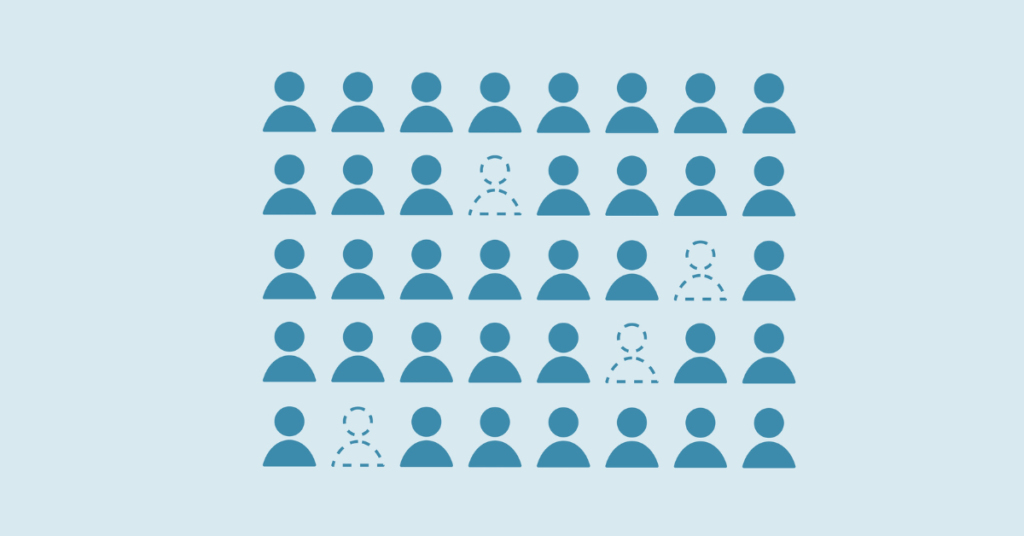
Customer churn is the number of customers a business loses over a period of time. For example, Company X started with 2000 customers and then lost 50 of them over the next 2 months to a competitor. Then the customer churn rate is 2.5%. But it is not that simple.
Businesses gaining and losing customers is a dynamic process, and often, organizations may overlook customer churn when things overall are going well. A period of positive growth can effectively mask the fact that customers are churning. This is due to the “leaky bucket effect”.
The Leaky Bucket Effect
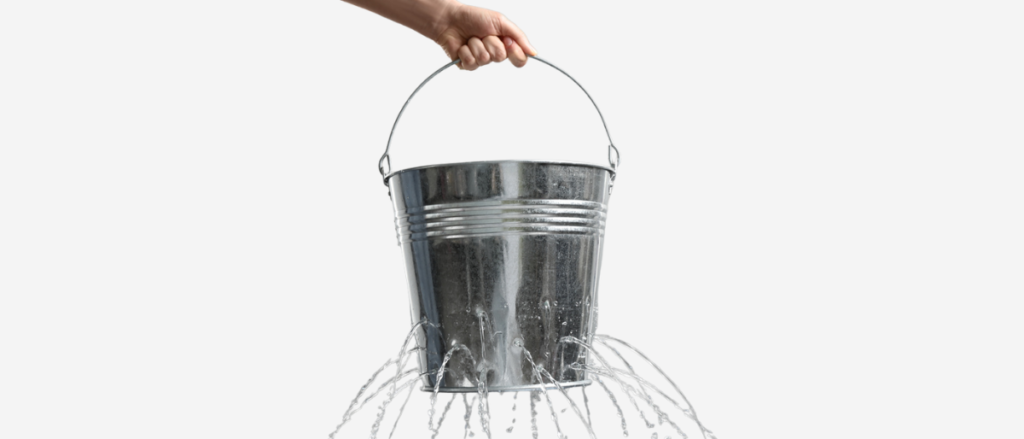
Losing some customers while acquiring others is called the “leaky bucket effect.” There is no point in adding more water (customer acquisition) to the bucket if it’s seeping out(customer churn). Adding more water is far less efficient than plugging the holes and retaining your customers.
The importance of tracking customer churn
Measuring customer churn is critical for avoiding inefficiency and, as a result, achieving stronger growth. Organizations can focus on addressing the issue and its drivers by determining how many customers are churning and why.
This avoids the temptation to pour more resources into customer acquisition without thinking. There are a variety of reasons why keeping customers is just as profitable as gaining new ones, including:
- Not having to acquire customers removes costs of sale or customer acquisition costs.
- Existing customers are more likely to repurchase, try new offerings, and forgive your mistakes.
- Retained customers are a captive audience for additional upselling.
- Having regularly transacting customers enables stable financial planning.
- Loyal customers can more readily become advocates for your brand.
Check your customer churn rate.
What is a good churn rate?
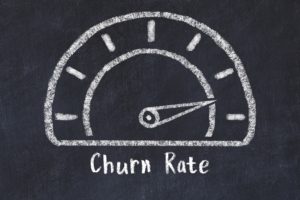
The best retention rate is close to 0%, indicating that a company keeps all of its customers happy. A good churn rate, like the retention rate, varies depending on the size of the business and the industry in which it operates.
It also depends on the age of your business. A more established brand may have a lower churn rate because it is well-known and customers know what to expect from it. A younger company, on the other hand, may see higher rates as the majority of customers may be trying out their offerings.
Tips for customer churn reduction
Reward your customers
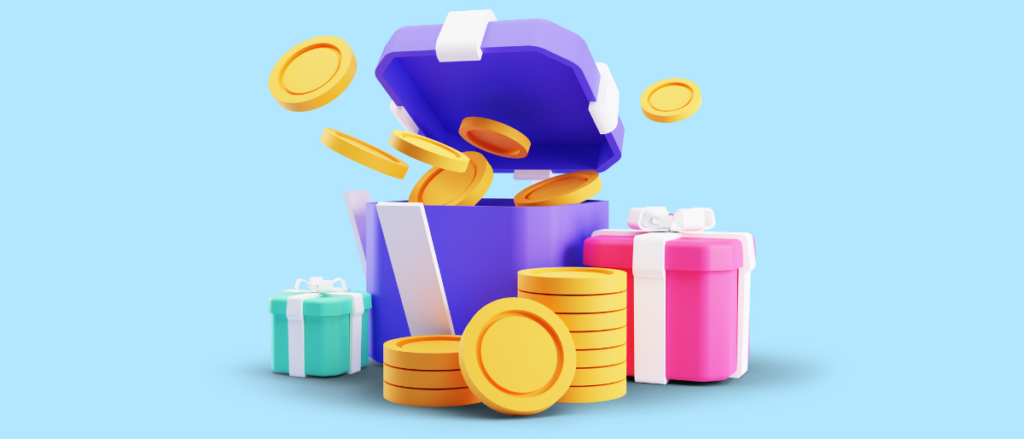
To earn and retain customers, try to offer incentives that demonstrate how much your company values them. Discounts, giveaways, coupon codes, and other incentives go a long way. To help maximise your reach, you can run campaigns and engage with them to remind them of current and upcoming incentives.
Provide amazing customer support
Make yourself available to your customers and deliver the best possible support when they require it. Make customers feel like their questions, concerns, or complaints are important to your company by responding to them as soon as possible. If customers have problems with your service, think about offering them an apology and, if you can, a discount, etc.
Different customers prefer different ways to communicate. Some like to passively go through a chatbot to help them solve the issue, while others want to pick up the phone and want to talk to a person for a quick and effective resolution. This is only more true in the post-pandemic era, with 50% of consumers saying that COVID-19 has increased their prioritization of customer service as a factor when deciding to do business with a brand.
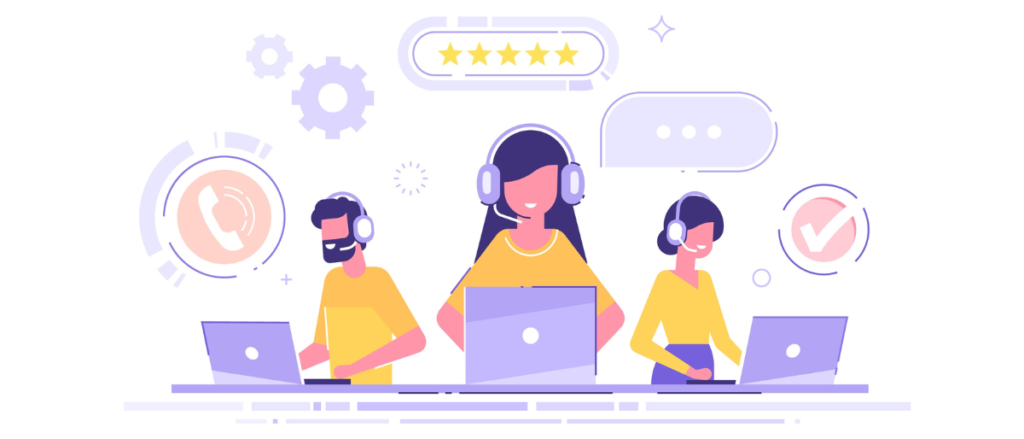
Do you know?
- Poor customer service would convince 39% of people never to use a company again and 37% to change suppliers, according to research from New Voice Media.
- Temkin Group found that 77% of customers would recommend a business to a friend after having just one positive experience.
- It takes 12 positive customer experiences to make up for one negative experience, according to Ruby Newell-Legner’s
Ask customers for feedback
Use text, email or WhatsApp and send survey forms to your customers after they buy your goods or services and find out what they think of your company. Request their feedback and show that you value their input. You can also engage with them on your social media pages, blogs, community forums, or other websites to find out what people are saying about you. By following these practices, you will be able to modify your offerings and business procedures to better serve your clients, increasing their satisfaction and loyalty.
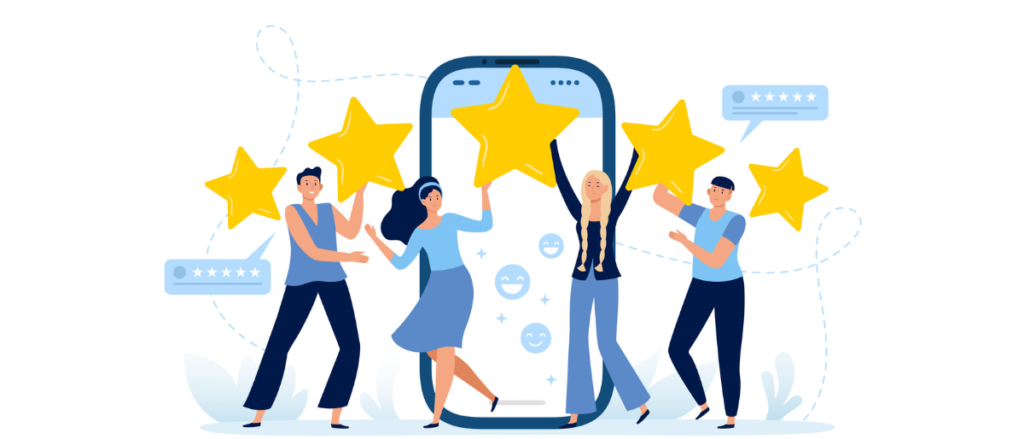
Some areas you might want to inquire about include:
- Customer service
- Product selection
- Store appearance and cleanliness
- Overall impression
- Likelihood of recommending your brand to a friend
- Suggestions for improvement
Display user-generated content (UGC) and customer reviews:
Earlier, businesses relied on formal ad campaigns and commercials to learn about a product and gain trust. User-generated content and real-life reviews are preferred by modern consumers when determining whether or not they trust a product or brand.
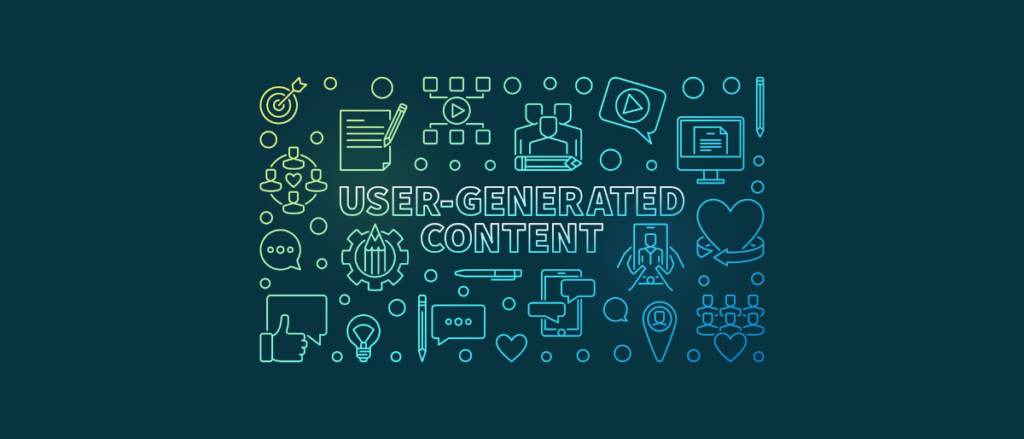
To create a UGC incentive, you can:
- Repost content created by your customers on your brand page.
- Offer gift cards or other rewards to anyone that tags you in a post.
- Hold contests where posts about your brand equal entries.
- Work with influencers to create posts.
Once people were fed up with Zomato ads on Youtube, they started signing petitions to close them. Zomato handled it like a pro. They asked their customers and viewers to create ads for a reward of $32000. This not only got them out of the pit of annoyed people but also created a new buzz.
Use referrals
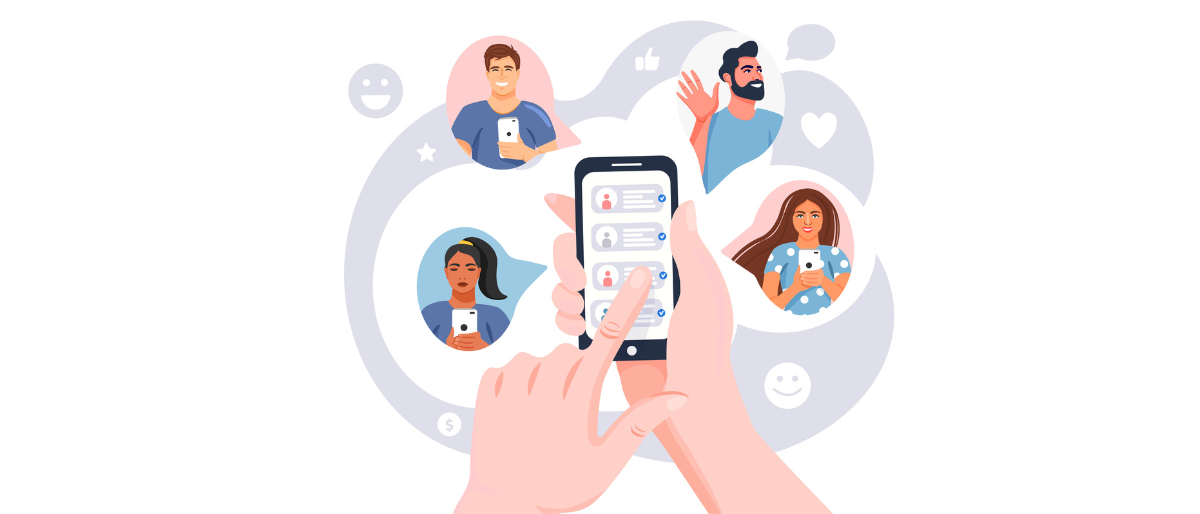
Customer turnover can be reduced by using referrals to consistently ensure high customer loyalty. It is cost-effective because referred clients have the lowest acquisition costs. Nevertheless, they bring in an average of five times as much money as the other clients. They also have a 92% retention rate, compared to only 76% for clients from other sources.
Personalization
Modern consumers tend to want their shopping experiences to be tailored specifically to them. Customers simply want the brands they adore to treat them with individualised care. This could mean making personalised product recommendations or assigning them to a sales associate who remembers their name and preferences.
You can take advantage of opportunities everywhere, from discounts to personalised emails. Give your customers the utmost attention and care and they will never leave you.
Create a community and start a loyalty program

Exclusive membership programs or forums where your brand meets with customers can create a lot of buzzes and, ultimately, more brand loyalty. Harley Davidson’s HOG is a prime example of this.
Loyalty programs can also be a great way to motivate existing customers to make additional purchases at a higher frequency. Ensure that your loyalty program has rewards that existing customers would find valuable, like free products or significant discounts.
Value-based selling
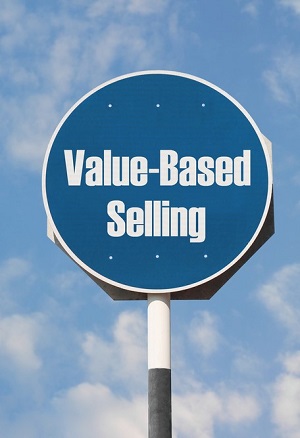
Prioritizes customer value during the purchasing process. Provide them with exact information and help them while exploring your platform. It helps customers make well-informed purchasing decisions. As a result, there is an increase in brand sentiment and brand loyalty. Along with providing financial and qualitative value, you should also provide something different from the rest. You can not succeed by doing what your competitors are doing. To outdo them, you have to prove how different you are from them and how you can improve the client’s life. In a way, you have to build a distinct identity for your brand and win over the clients.
Keep track of related metrics
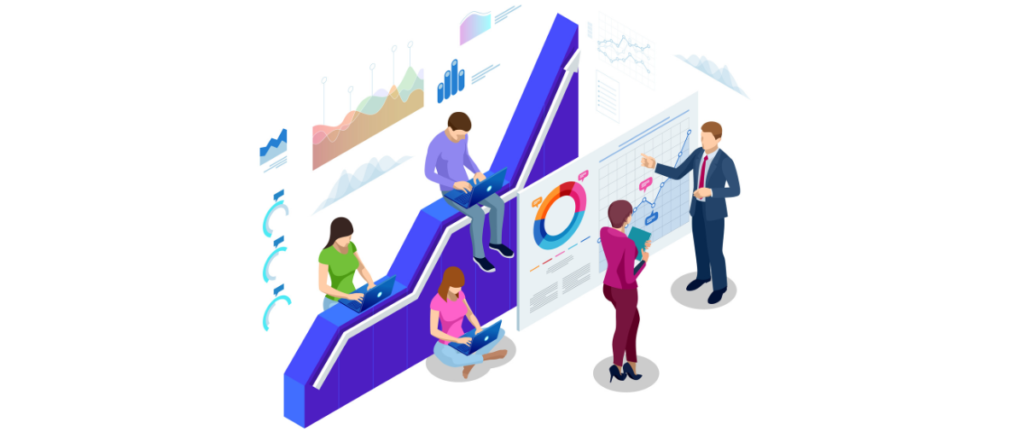
Customer Retention Rate: The repeat customer rate measures the chances an existing customer will make more than one purchase. To calculate your repeat customer rate, take the number of customers who have made more than one purchase and divide it by the total number of unique customers.
Repeat Customer Rate: The purchase frequency formula is related to the repeat customer rate and represents the average number of orders placed by each customer. Take the same period used for your repeat customer rate (such as a month or quarter) and divide the total number of orders by the total number of unique customers.
Purchase frequency: The purchase frequency formula is related to the repeat customer rate and represents the average number of orders placed by each customer. Take the same period used for your repeat customer rate (such as a month or quarter) and divide the total number of orders by the total number of unique customers.
Average order rate: AOV shows the average amount spent per purchase. Using the same period for the repeat purchase rate, divide your total annual revenue by the number of orders processed.
Customer Lifetime Value: CLV value represents the total business a customer brings to you. It is the average revenue a customer generates throughout his customer journey.
Employ omnichannel marketing
Omnichannel marketing is the integration of physical and digital marketing tactics to create a cohesive and memorable brand experience. Let’s say a person is shopping in a local boutique and he gives his email address at checkout to stay up-to-date on the newest arrivals. Then, when he gets home a few hours later, he receives an email from the same boutique with a new member’s offer of 25% off if he follows its Instagram account.
Suddenly, he is seeing this brand all over his day-to-day life—from email to social media, as well as when he’s out shopping. As a byproduct, he becomes a regular customer and begins looking to this boutique for his clothing needs.
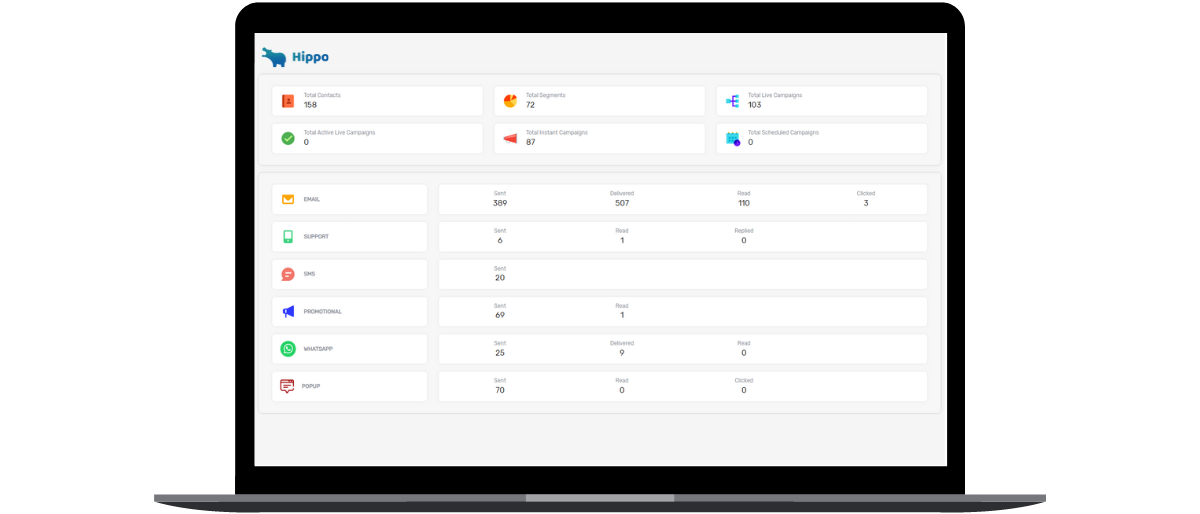
Now that businesses are moving from brick-and-mortar stores to online entities, omnichannel marketing has become more imperative as customers can jump from one online channel to another in a single click. You have to be present everywhere and be accessible to the customers, may it be via email, WhatsApp, Facebook, Instagram or in-app messaging. You also need to regularly notify them about new arrivals and offers through push notifications, SMS, and pop-ups so that they get updated even if they don’t open any of the apps.
Bonus Tip: Get a marketing automation platform for your business
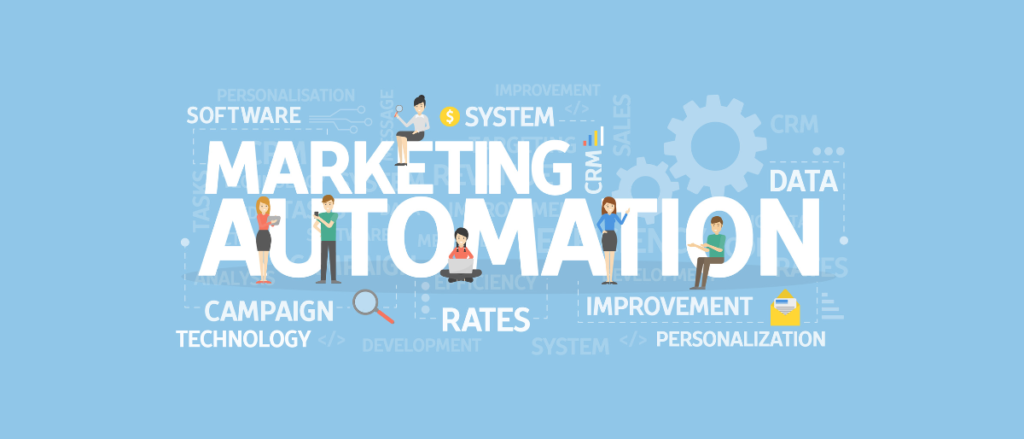
A marketing automation platform can help you by automating the majority of your marketing efforts, providing you with customer insights, and helping you make better decisions. The following are a few of the primary features of marketing automation:
- Omnichannel marketing
- Instant broadcast and scheduler for campaigns.
- Email builder
- autoresponders/trigger-based campaigns
- Campaign analytics
- Customer journey tracking
- Customer segmentation
- RFM analytics
Marketing is incomplete without proper customer support, which makes it essential for a marketing automation suite to have a conversational support platform integrated with it. It should include:
- Chatbots
- Live Chat
- Phone calling
- Audio/Video calling
So that all customer engagements can be handled from a single dashboard and you can strive towards customer success.
Conclusion
Hippo is a marketing automation platform that offers you complete marketing automation so that you can focus on what’s important. Hippo provides you access to all major channels and enables you to deliver the right message at the right time. It helps you create a personalised experience throughout various touchpoints across the customer journey. You can book a demo and get a 14-days free trial.
Subscribe to stay ahead with the latest updates and entrepreneurial insights!

Subscribe to our newsletter
Get access to the latest industry & product insights.





















